The Dead Sea, a natural wonder straddling Israel, Jordan, and Palestine, has long been a bucket-list destination for travelers seeking its legendary buoyant waters and mineral-rich mud. Yet, as the water levels continue to drop at an alarming rate—receding by over a meter annually—the experience of floating in this hypersaline lake is changing. For those planning a visit, understanding these shifts is crucial to making the most of your journey.
A Shrinking Marvel
The Dead Sea’s decline is no secret. Decades of water diversion from the Jordan River, its primary source, coupled with mineral extraction industries, have accelerated its retreat. What was once a sprawling shoreline now requires visitors to trek farther to reach the water’s edge. Resorts that once boasted private beaches have been forced to build shuttle services or extend pathways to accommodate the receding waters. The surreal landscape of salt formations, while breathtaking, is also a stark reminder of the environmental crisis unfolding here.
For first-time visitors, the sight can be jarring. The famous "waterline" markers along the cliffs, showing where the sea once reached, tell a story of rapid loss. Yet, despite these challenges, the Dead Sea remains a must-visit. The water’s therapeutic properties—packed with magnesium, potassium, and calcium—still draw those seeking relief from skin conditions or simply the novelty of effortless floating.
Navigating the New Reality
Gone are the days when you could step out of your hotel and straight into the sea. Many beaches now require a short walk or shuttle ride. Ein Bokek, one of the most popular resort areas on the Israeli side, remains accessible, but even here, the water is noticeably farther from the shoreline than it was just a few years ago. Private beaches maintained by hotels often invest in infrastructure to keep the experience seamless, but public access points can feel more rugged.
The best time to visit is early morning or late afternoon, when the heat is less intense and the light casts an otherworldly glow on the salt-crusted shores. Bring sturdy water shoes—the newly exposed seabed is often sharp with crystallized salt. And while the mud is still as mineral-rich as ever, scooping it from the shore requires a bit more effort than in the past.
The Floating Experience: What to Expect
Floating in the Dead Sea is as surreal as ever, but the changing landscape adds new layers to the experience. The water’s salinity, now even higher due to evaporation, makes buoyancy effortless. First-timers often laugh in disbelief as their bodies bob like corks. But be cautious—the water stings cuts or freshly shaved skin, and swallowing it is a mistake you’ll only make once.
The ritual of covering yourself in Dead Sea mud remains a highlight. The thick, silvery sludge, rich in minerals, is slathered on by visitors before rinsing off in the sea. Many swear by its skin-softening effects, though the retreating shoreline means some resorts now provide pre-collected mud rather than letting guests dig their own.
Beyond the Water: Exploring a Changing Landscape
The Dead Sea’s decline has unveiled unexpected sights. Sinkholes, some as deep as 30 meters, dot the area—a eerie byproduct of freshwater dissolving underground salt deposits. While fascinating, they’re also dangerous, and venturing off marked paths is strongly discouraged. On the flip side, the receding waters have exposed ancient salt formations, creating a photographer’s dream.
Nearby attractions like Masada and Ein Gedi offer respite from the heat and a chance to explore Israel’s history and wildlife. Masada’s sunrise hike, revealing a panoramic Dead Sea view, is unforgettable. Ein Gedi’s oasis-like waterfalls are a stark contrast to the surrounding desert, though even here, water scarcity is becoming a concern.
Planning Your Visit: Practical Tips
Staying at a resort in Ein Bokek or Neve Zohar is the most convenient option, with direct access to maintained beaches. Budget travelers can opt for hostels in Arad, but be prepared for a 30-minute drive to the sea. Regardless of where you stay, book spa treatments in advance—the Dead Sea’s minerals are the star of countless therapies, from mud wraps to salt scrubs.
Hydration is critical. The desert climate, combined with the sea’s dehydrating effects, demands constant water intake. Pack high-SPF sunscreen (the water’s reflective surface amplifies UV rays) and a waterproof case for your phone—getting a shot of yourself floating is non-negotiable, but saltwater is brutal on electronics.
A Future in Flux
The Dead Sea’s fate hangs in the balance. Proposed solutions like the Red Sea-Dead Sea Conduit, which would pump water from the Red Sea, remain mired in political and environmental debates. For now, the sea’s slow disappearance adds urgency to visiting sooner rather than later. What feels like a timeless experience is, in reality, a fleeting one.
Despite the challenges, the Dead Sea’s magic endures. Floating in its waters, surrounded by stark desert cliffs, is a reminder of nature’s wonders—and its fragility. As the shoreline shifts, so too does the way we interact with this iconic place, making each visit a unique snapshot in its evolving story.

By /Aug 5, 2025
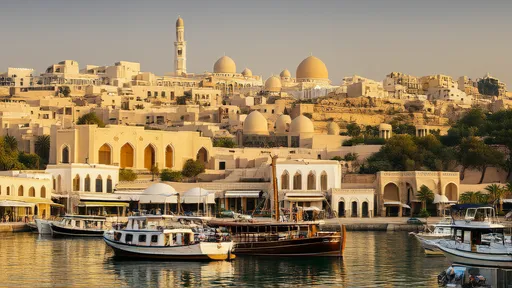
By /Aug 5, 2025

By /Aug 5, 2025

By /Aug 5, 2025

By /Aug 5, 2025

By /Aug 5, 2025
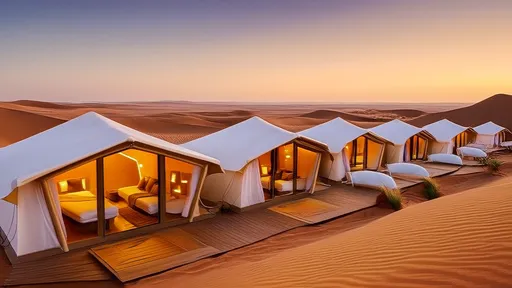
By /Aug 5, 2025
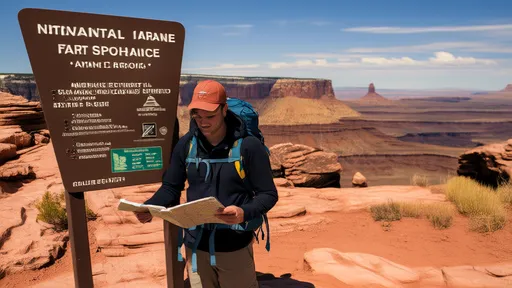
By /Aug 5, 2025
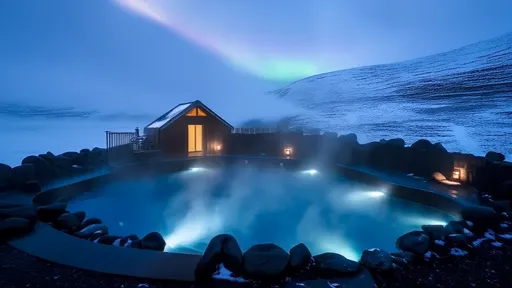
By /Aug 5, 2025

By /Aug 5, 2025
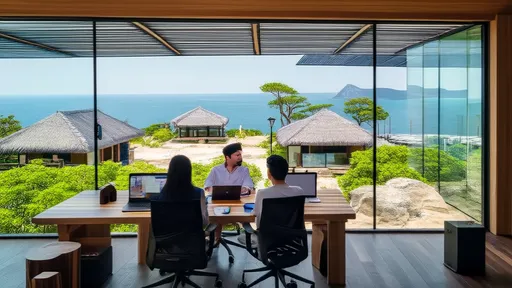
By /Aug 5, 2025
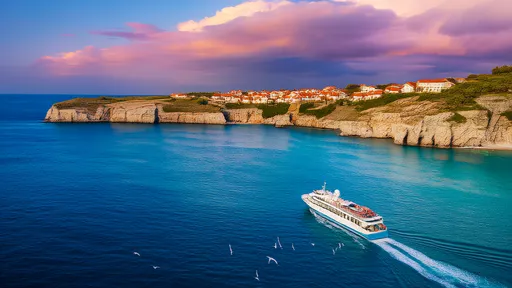
By /Aug 5, 2025
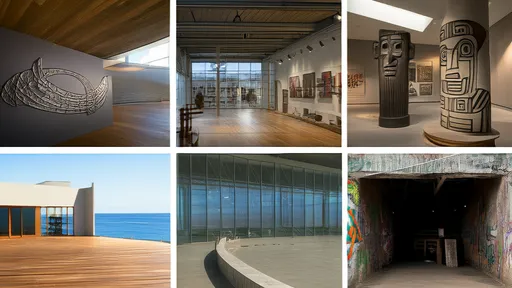
By /Aug 5, 2025

By /Aug 5, 2025

By /Aug 5, 2025

By /Aug 5, 2025

By /Aug 5, 2025

By /Aug 5, 2025
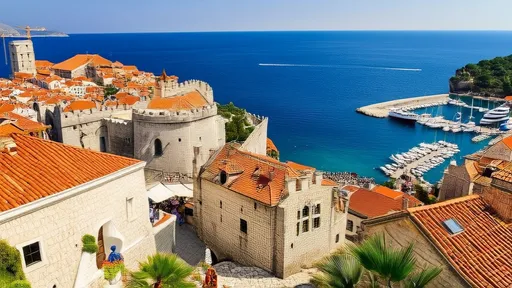
By /Aug 5, 2025
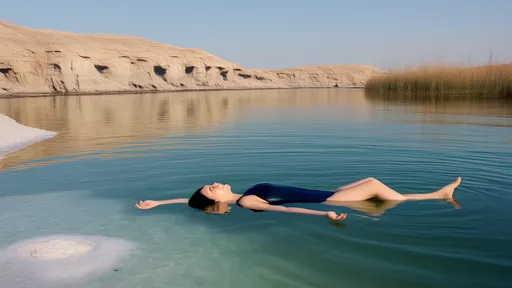
By /Aug 5, 2025